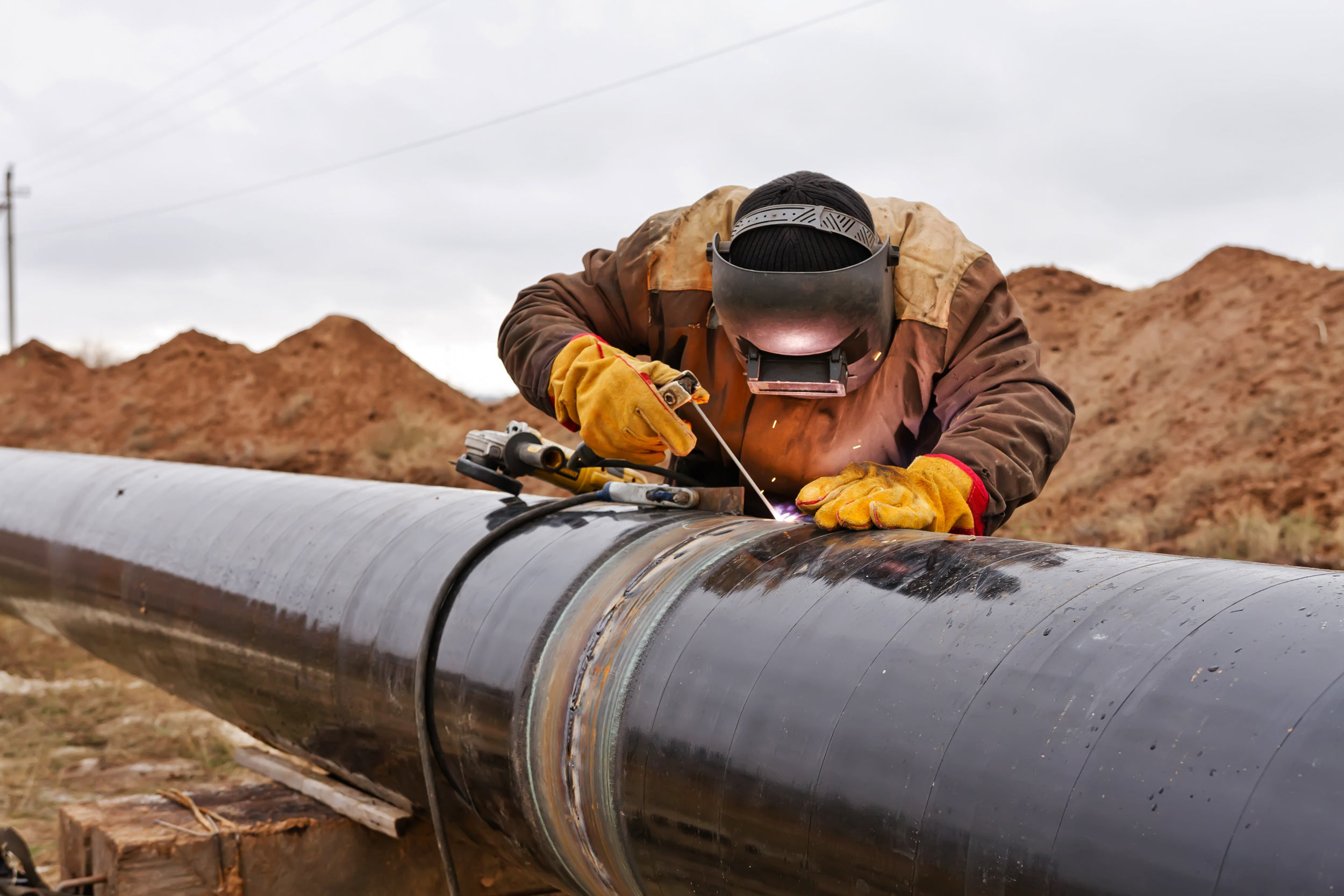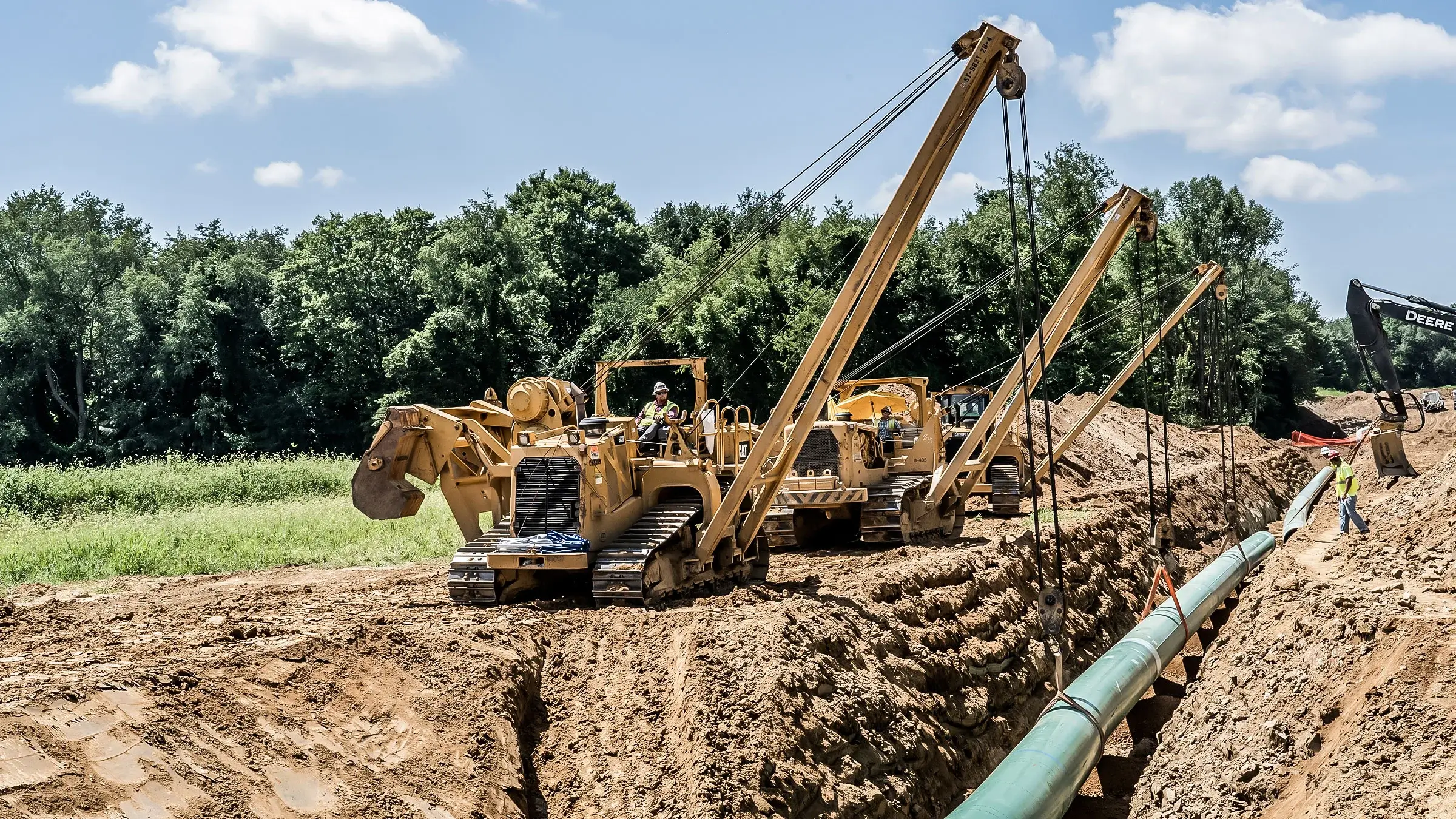How to Choose the Right Provider for Creek Pipe trenching services
Wiki Article
Recognizing the Fundamentals of Pipes Installation: What You Need to Understand About the Refine
Proper pipe installation is important for any kind of pipes system. It requires careful consideration of different aspects, consisting of product option and adherence to local policies. A well-planned design can stop problems like stress loss, while the right devices assure reliable joining strategies. Also experienced installers can make typical errors. Recognizing these basics can bring about a much more effective and durable system, triggering a closer take a look at the essential aspects included in the process.Selecting the Right Materials for Pipe Installation
When considering pipe installation, the selection of appropriate products is essential to guaranteeing toughness and performance. Different materials are available, each offering one-of-a-kind benefits and considerations. For example, PVC pipes are light-weight, immune to corrosion, and cost-effective, making them perfect for residential pipes. Conversely, copper pipelines, known for their longevity and capability to endure high temperatures, are usually liked for heating systems.Additionally, galvanized steel pipelines offer strength and longevity, appropriate for heavy-duty applications, although they are prone to rust over time.For below ground installations, polyethylene pipelines are favored as a result of their flexibility and resistance to stress and anxiety splitting. Proper material option depends upon the details demands of the task, including stress rankings, temperature variants, and the chemical nature of the fluids being delivered - Creek Pipe Company. Eventually, informed options pertaining to pipe materials contribute considerably to the total success and durability of pipes systemsUnderstanding Local Building Ordinance and Rules
Just how can understanding local structure codes and laws impact pipe installation? Experience with these codes is vital for guaranteeing that pipe setups are risk-free, certified, and reliable. Local building regulations describe details requirements concerning products, installation methods, and security procedures, which must be followed to avoid possible lawful concerns and costly fines.Failure to conform can bring about inspections being failed, hold-ups in task conclusion, and even mandated removal of improperly set up pipes. On top of that, understanding zoning laws and policies can influence the type of products permitted, along with the methods utilized for installation.Contractors and house owners alike need to spend time in examining regional guidelines before commencing any installation project. This aggressive strategy not just promotes security but also enhances the overall quality and sturdiness of the plumbing system, ultimately cultivating lasting performance and contentment.Preparation Your Pipe Design and Design
Proper preparation of pipe design and design is crucial for attaining an effective plumbing system. This procedure starts with assessing the specific needs of the room, thinking about the area of fixtures and devices. Exact measurements guarantee that pipes are effectively directed, reducing bends and turns that can result in press loss.Consideration of the circulation rates and the kinds of products utilized is crucial, as various materials have differing sturdiness and compatibility with pipes systems. Furthermore, the developer ought to represent future expansions or modifications to the format, permitting adaptability in case of renovations.Efficient water drainage and ventilation are likewise substantial elements of the layout, as they prevent blockages and assure proper waste removal. Cooperation with regional structure codes assures compliance and security, which is critical in any type of pipes installation project.Necessary Tools and Devices for Installation
Successful pipe installation depends upon having the right tools and devices handy. Important tools consist of pipe cutters for tidy cuts, wrenches for tightening up installations, and pliers for gripping and turning pipes. In addition, a degree guarantees pipes are installed evenly, while a measuring tape aids in attaining exact lengths.For specific products, a welding torch might be necessary for copper pipelines, while a PVC cutter is crucial for plastic alternatives. Safety and security tools, such as gloves and goggles, safeguards installers from prospective dangers during the process.A pipe bender can be particularly useful for creating smooth contours without endangering honesty, while a torque wrench warranties that links are protected to the producer's specifications.Having these tools conveniently offered not just helps with a smoother installation process however also adds to the total sturdiness and capability of the pipes system. Appropriate devices is critical in accomplishing durable outcomes.Techniques for Proper Pipe Signing Up With and Sealing
Achieving a secure and leak-free link between pipes calls for cautious attention to signing up with and sealing techniques. Various approaches exist, each matched to different pipe products and applications (Creek Pipe contact). Welding is frequently used for metal pipelines, ensuring durable links with warmth combination. On the other hand, plastic pipes take advantage of solvent concrete or blend welding, producing solid, permanent bonds.Threaded links prevail in both steel and plastic piping, needing specific alignment and making use of appropriate sealers, such as Teflon tape or pipe dope, to Creek Pipe trenching services stop leakages. Compression fittings use an additional option, where mechanical pressure secures the pipes together, making them quickly dismantled for maintenance.Regardless of the method picked, proper preparation is crucial. This consists of cleaning pipe ends and ensuring they are cost-free from debris. Carrying out these strategies diligently will improve the long life and integrity of the pipe system, ultimately adding to its effective efficiencyUsual Blunders to Avoid During Installation
During pipe installation, preventing usual blunders is essential for guaranteeing a reliable and effective system. One regular mistake is failing to measure and cut pipelines precisely, which can cause inappropriate installations and leakages. In addition, disregarding to examine the compatibility of products can cause deterioration or various other damages with time. Improperly securing joints and links can also develop weak points in the system, triggering possible failures.Another common blunder is ignoring the significance of incline and water drainage; pipes need to be mounted at the correct angle to assist in appropriate flow. Inadequate assistance for pipelines can bring about sagging and stress, affecting the stability of the system. Eventually, neglecting local codes and regulations can lead to costly rework and security dangers. By recognizing these challenges, installers can greatly boost the longevity and performance of pipe systems.Upkeep Tips for Lasting Pipe Equipments
To assure the durability of pipe systems, routine examinations and cleaning are vital practices. These steps assist recognize possible problems before they rise right into major problems. In addition, utilizing appropriate insulation methods can better protect pipes from temperature variations and environmental aspects.Regular Inspections and Cleaning Up
Regular assessments and cleansing are necessary for maintaining the long life and performance of pipe systems. Routinely checking out pipes for indications of deterioration, leaks, or clogs can help recognize prospective issues before they escalate into pricey repair work. Cleaning pipelines periodically eliminates buildup that can limit circulation and promote degeneration. It is recommended to schedule assessments at least once a year, but a lot more constant checks may be essential in high-usage atmospheres. Using professional solutions for detailed cleaning guarantees that all debris is effectively cleared. In addition, maintaining documents of assessments and upkeep activities aids in tracking the system's wellness with time - Creek Pipe HDPE installation. By prioritizing these methods, building owners can improve the reliability and life-span of their pipe systemsProper Insulation Methods
Reliable insulation techniques play a necessary duty in keeping the performance and longevity of pipe systems. Correct insulation lessens heat loss in warm water pipes and avoids freezing in chilly water pipelines, significantly decreasing energy prices and potential damage. Typical materials used for insulation include fiberglass, foam, and rubber, each offering differing degrees of thermal resistance. It is crucial to assure that insulation is applied evenly, covering all exposed locations without spaces. In addition, securing insulation with suitable fasteners assists keep its setting and effectiveness gradually. Normal assessments must be conducted to identify deterioration, guaranteeing timely replacements. By carrying out these strategies, pipe systems can operate effectively and have an extended life span, inevitably profiting both the setting and the house owner.
Often Asked Questions
Exactly how Do I Identify the Appropriate Pipe Dimension for My Project?
Determining the ideal pipe size includes assessing the job's circulation demands, pressure specifications, and the kind of fluid being moved. Consulting style requirements and conducting estimations assurances excellent efficiency and performance in the installation process.What Are the Ecological Impacts of Various Pipe Materials?

Can I Mount Pipes Myself or Should I Hire a Professional?
The inquiry of whether to install pipelines individually or employ a professional usually depends upon the individual's ability degree and project complexity. A professional might guarantee compliance with laws and minimize possible long-term problems.
The Length Of Time Can I Anticipate My Pipe Installation to Last?
The long life of pipe installation differs significantly, generally lasting 20 to 100 years, relying on products, installation high quality, and maintenance. Normal assessments and appropriate care can boost resilience and avoid early failures.
What Are the Indicators of a Failing Pipe System?
Signs of a stopping working pipe system include regular leakages, unusual water stress adjustments, blemished water, mold and mildew growth, and persistent dampness. Property owners must check these signs to avoid pricey damage and guarantee prompt repairs are made.Report this wiki page